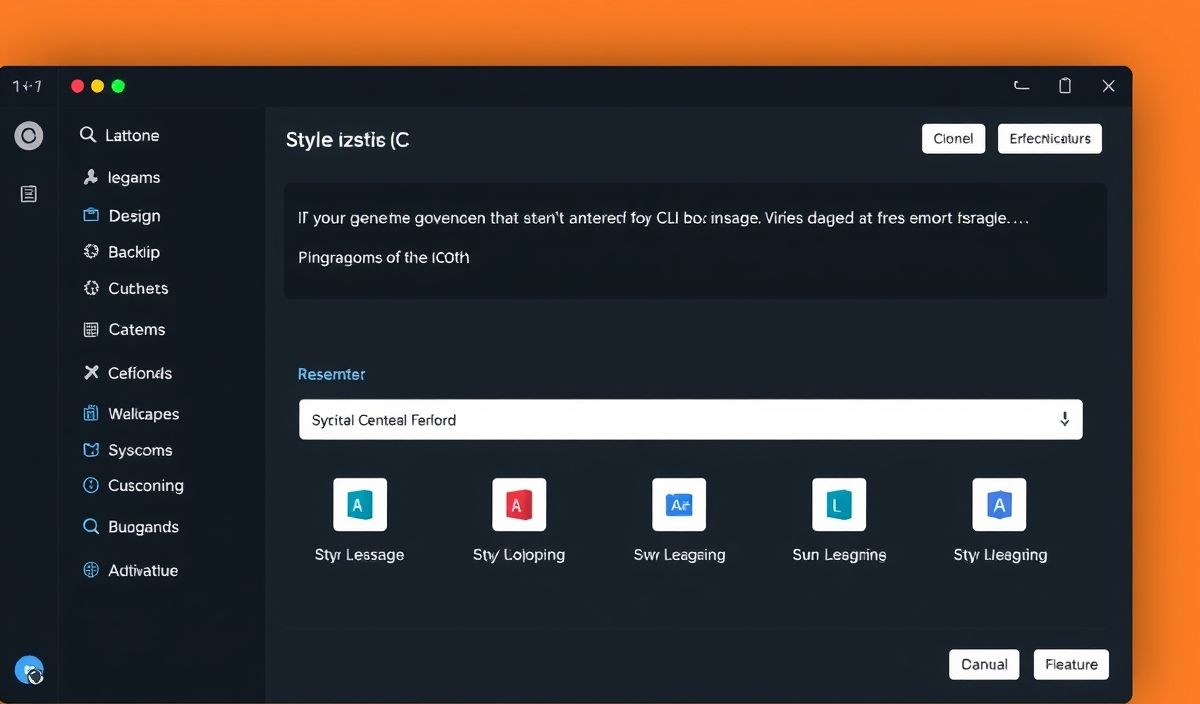Understanding path.dirname in Node.js
The path.dirname method in Node.js is a vital tool for file and directory path manipulations. It allows developers to extract the directory part of a given path, making it indispensable for file handling tasks. In this article, we will explore the usage of path.dirname with numerous examples and demonstrate an app example utilizing these APIs.
Basic Usage
Here is a simple example of using path.dirname:
const path = require('path'); const filePath = '/home/user/documents/file.txt'; const dirName = path.dirname(filePath); console.log(dirName); // Output: /home/user/documents
Working with Relative Paths
path.dirname works with relative paths as well:
const path = require('path'); const relativePath = './folder/file.txt'; const dirName = path.dirname(relativePath); console.log(dirName); // Output: ./folder
Full Directory List Extraction
You can also create a list of all directories in a path:
const path = require('path'); const fullPath = '/home/user/projects/node'; const dirName = path.dirname(fullPath); const directories = []; let currentPath = fullPath;
while (currentPath !== '/') {
directories.push(currentPath);
currentPath = path.dirname(currentPath);
}
console.log(directories); // Output: [ '/home/user/projects/node', '/home/user/projects', '/home/user', '/home' ]
Integrating with fs Module
Let’s see how to use path.dirname with the fs module to create a directory if it doesn’t exist:
const fs = require('fs'); const path = require('path');
function ensureDirSync(dirPath) {
const dirname = path.dirname(dirPath);
if (!fs.existsSync(dirname)) {
ensureDirSync(dirname);
}
if (!fs.existsSync(dirPath)) {
fs.mkdirSync(dirPath);
}
}
const dirPath = '/home/user/newfolder'; ensureDirSync(dirPath); console.log(`Directory ${dirPath} is created`);
Real-World Application Example
Here’s a practical example of an application that uses path.dirname to manage file uploads:
const express = require('express'); const multer = require('multer'); const path = require('path'); const fs = require('fs');
const app = express(); const upload = multer({ dest: 'uploads/' });
app.post('/upload', upload.single('file'), (req, res) => {
const tempPath = req.file.path;
const targetPath = path.join(__dirname, 'uploads', req.file.originalname);
const targetDir = path.dirname(targetPath);
if (!fs.existsSync(targetDir)) {
fs.mkdirSync(targetDir, { recursive: true });
}
fs.rename(tempPath, targetPath, (err) => {
if (err) return res.sendStatus(500);
res.send('File uploaded successfully');
});
});
app.listen(3000, () => {
console.log('Server started on port 3000');
});
This example demonstrates a simple file upload server that ensures the target directory is created before saving the file.
By understanding and utilizing path.dirname effectively, you can streamline your file and directory management tasks in Node.js applications.
Hash: 24c520958815a92bcefb3e0c6298f35d74eb47809a2c1ec469f295cbb7fc85c1




